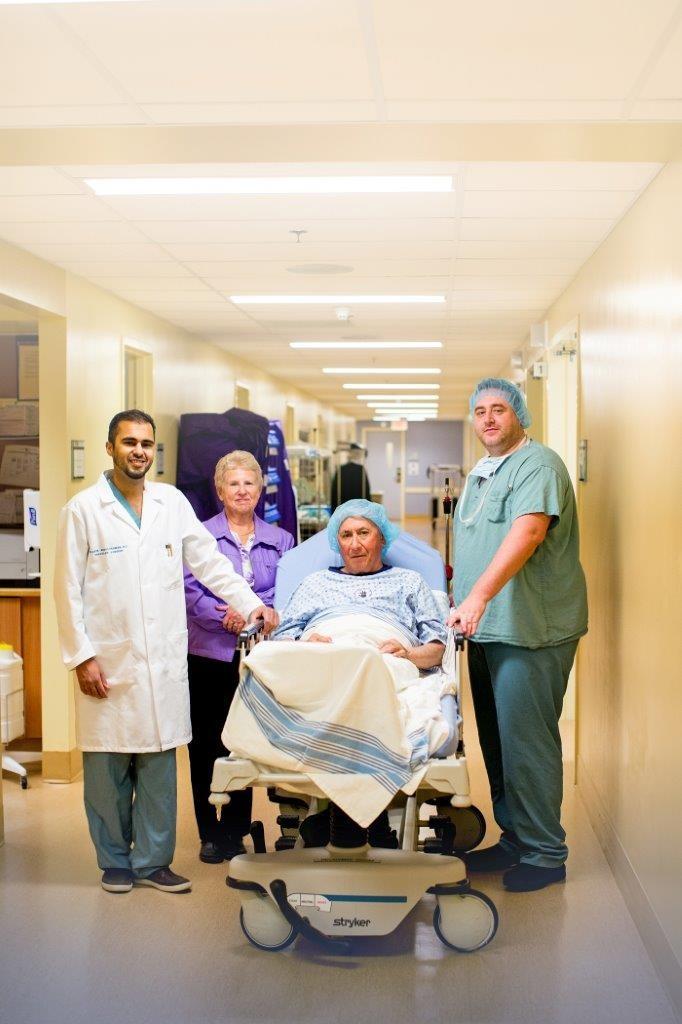Improving Patient Care Through Research
by Communications
 Research happening right now at the Thunder Bay Regional Health Sciences Centre is being translated into better patient care both now, and in the future.
Research happening right now at the Thunder Bay Regional Health Sciences Centre is being translated into better patient care both now, and in the future.Sometimes, as a patient lying in a hospital bed getting treatment, research is the furthest thing from our minds. But it is so important and so true that the research going on here really does translate to the bedside. Besides clinical trials, which is the obvious kind of patient-directed research, researchers here are developing new techniques of diagnosing and treating conditions like COPD, heart and stroke, cancer, Alzheimer’s, and other diseases that most affect people in Northwestern Ontario.
Keith Taylor, a Patient and Family Advisor (PFA) at TBRHSC and Co-Chair of the Patient and Family Advisory Council
The ideal hospital is one that combines excellent clinical care, teaching, and research. That sounds obvious, but it does not happen by accident. Creating teaching and research programs is no small thing – especially when the average doctor or health professional already has a busy day. Although research existed in Thunder Bay before the launch of the Thunder Bay Regional Research Institute (TBRRI), the creation of the institute has helped the research community blossom, and has helped formalize and focus much of that research.
Regionally, TBRRI has contributed to a health care evolution. Not too long ago, health care in Northwestern Ontario meant bringing programs from other parts of the province or the country. Today, more than ever, we are developing and adapting our own brand of health care. That couldn’t happen without our strong research program.
Thanks to the TBRRI, clinical trials are also growing. That’s important not just for the studies themselves,
but for the patients here. Although you cannot call clinical trials “treatments” due to their experimental nature, clinical trials can provide an alternative when a clear and proven treatment option is not available.
By integrating research with care, we are providing better patient care today as well as for tomorrow.